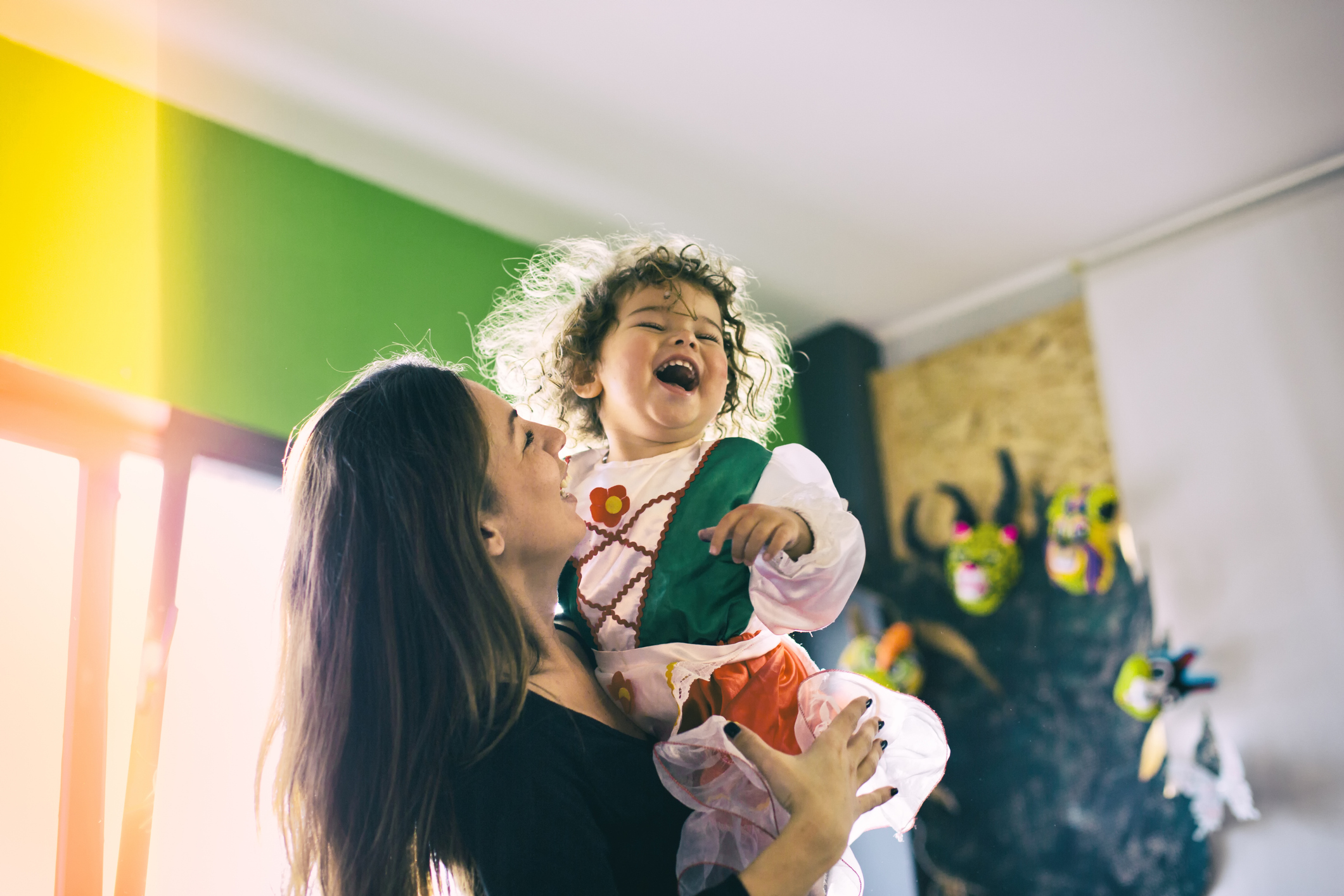The misery index is an economic indicator which is closely associated with stagflationary conditions. American economist Arthur Okun created it in the 1960s, in response to rising joblessness and increasing living costs. The idea was to give a rough measurement of how much economic pain the average American was enduring at any given time. The index simply takes the inflation rate and adds it to the unemployment rate – the higher the combined figure, the greater the level of misery.
In the US, the index remained in double-digit territory for the majority of the 1970s. It fell sharply, alongside inflation, in the early 1980s, and since then – with the exception of spikes during recessions, mostly driven by rising unemployment – it has tended to trend lower as both inflation and joblessness have generally been in decline.
The misery index in the US had come close to an all-time low of just above five in late 2019. However, it of course shot up during the pandemic. In April 2020, the index surged above 15, driven almost entirely by unemployment rising, with inflation negligible. But more recently, inflation has accounted for a bigger chunk of the mix. In July this year, for example, the misery index came in at just under 11, with unemployment and inflation both sitting at around 5.4%.
MoneyWeek
Subscribe to MoneyWeek today and get your first six magazine issues absolutely FREE

Sign up to Money Morning
Don't miss the latest investment and personal finances news, market analysis, plus money-saving tips with our free twice-daily newsletter
Don't miss the latest investment and personal finances news, market analysis, plus money-saving tips with our free twice-daily newsletter
Clearly it is a rough-and-ready measure – plenty of other factors influence social and economic misery. As a result, some economists have made tweaks to the index, as well as expanding it beyond the US. For example, Steve Hanke created a modified version which takes into account interest rates (on the assumption that higher borrowing costs are, on balance, more miserable) and economic growth per head (which, as a good thing, is subtracted from the total). According to Henke’s latest data, in 2020, Venezuela had the highest misery index in the world (above 3,800) while Guyana had the lowest (it was negative).
See Tim Bennett's video tutorial:What is the Vix?
Get the latest financial news, insights and expert analysis from our award-winning MoneyWeek team, to help you understand what really matters when it comes to your finances.
MoneyWeek is written by a team of experienced and award-winning journalists, plus expert columnists. As well as daily digital news and features, MoneyWeek also publishes a weekly magazine, covering investing and personal finance. From share tips, pensions, gold to practical investment tips - we provide a round-up to help you make money and keep it.
-
 Millions of parents are missing out on up to £720 a year in extra pension cash – are you affected?
Millions of parents are missing out on up to £720 a year in extra pension cash – are you affected?A mum who narrowly missed out on the pension boost said she “never knew the government rule existed” and wants other parents to use it
-
 The most influential people of 2025
The most influential people of 2025Here are the most influential people of 2025, from New York's mayor-elect Zohran Mamdani to Japan’s Iron Lady Sanae Takaichi

